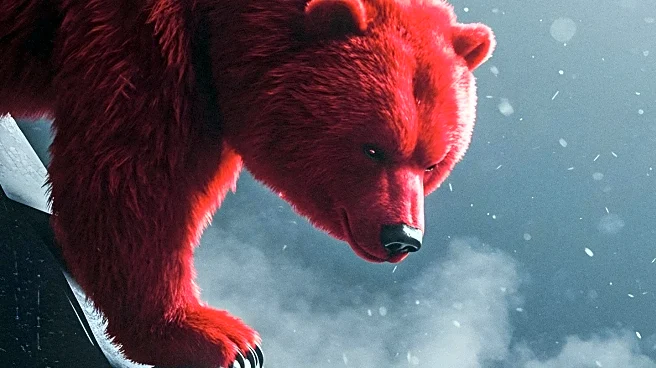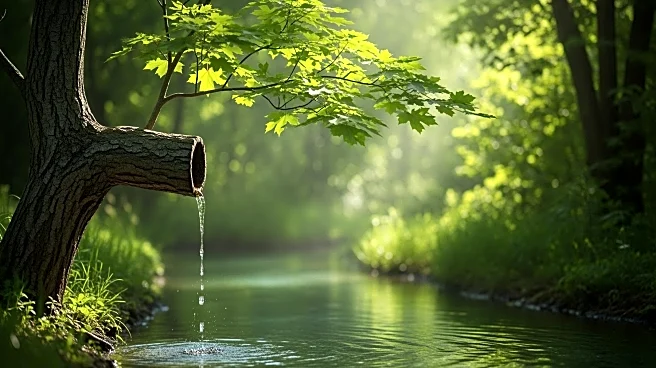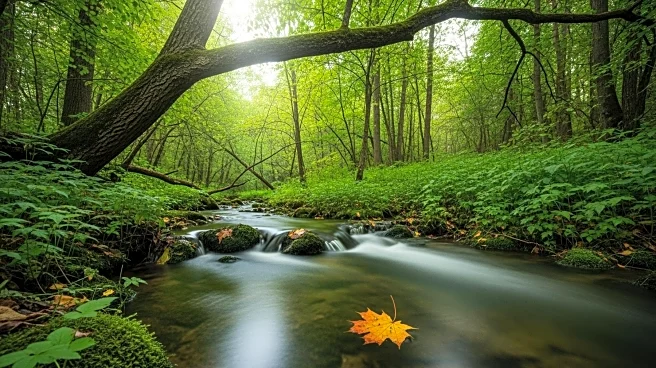What's Happening?
In Pennsylvania, the appearance of woolly bear caterpillars has sparked interest due to folklore suggesting their coloration can predict winter weather. This belief originated from a 1948 article by Dr. Charles Curran, which linked the caterpillar's color patterns
to weather predictions. However, scientific evidence indicates that the caterpillar's coloration is related to its age and species, not weather conditions. Despite this, the folklore persists, capturing public imagination as the state experiences unusual fall weather patterns, including blooming violets and burning bushes turning red later than usual.
Why It's Important?
The continued belief in woolly bear caterpillars as weather predictors highlights the intersection of folklore and science in public understanding of natural phenomena. This reflects broader societal tendencies to rely on traditional knowledge despite scientific advancements. The interest in these caterpillars also underscores the public's engagement with nature and seasonal changes, which can influence local environmental policies and conservation efforts. Additionally, the unusual weather patterns observed in Pennsylvania may prompt discussions on climate change and its impact on local ecosystems.













